While Alaska may be the closest thing to heaven on Earth, flying in the Land of the Midnight Sun can be absolute hell. Harsh, often unpredictable weather conditions and the rough, wild country make Alaska plane crashes part of everyday life.
We’ve gathered a handful of the deadliest Alaska plane crashes on record. These accidents made the list solely based on the number of fatalities. Although these crashes post big numbers, most Alaska plane crashes involve small bush planes carrying only one or two passengers.
While Alaska is home to only 1% of the US population, the Last Frontier is vexed with 42% of the nation’s fatal plane crashes involving commuter, air taxi, and charter flights.
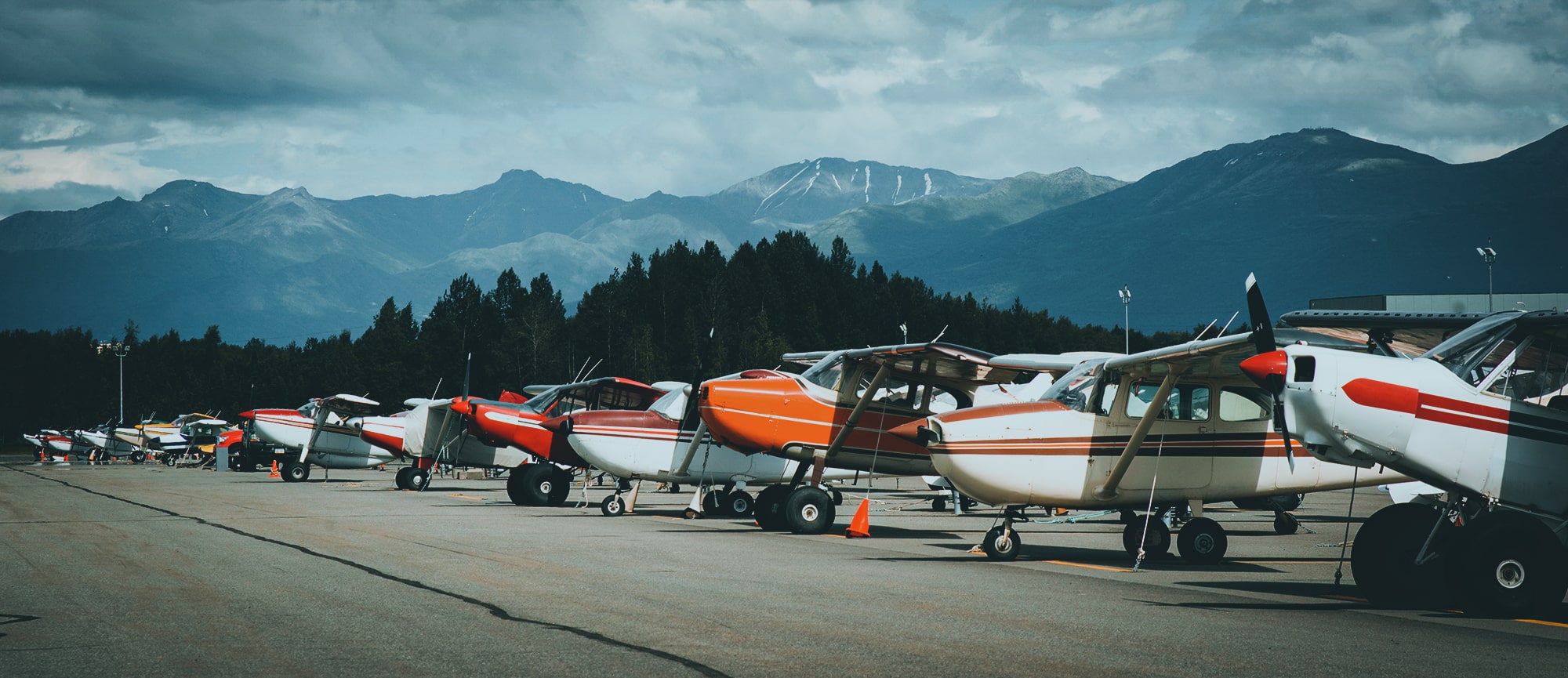
Alaska has one airplane for every 60 people in the state. Nearly 80% of communities have limited or no road access, which makes air travel an essential part of Alaskan life.
Air travel accidents in the Last Frontier are so common that Alaskan personal injury lawyers advertise their services to aviation accident victims the same way ambulance-chasing attorneys peddle their services to car accident victims in the Lower 48.
RELATED – Survive a Plane Crash: Extreme Real-life Stories, Wilderness Survival Tips
Sept. 4, 1971
Alaska Air Flight 1866
Fatalities: 111
Survivors: 0
The crash of Alaska Airlines Flight 1866 is the deadliest in Alaska history.
According to the official National Transportation Safety Board report, the crash was caused by “misleading navigational information.” With faulty info, the pilot initiated a premature descent of the Boeing 727 toward the Juneau International Airport, slamming the aircraft into the Chilkat Mountains in Haines Borough, 22 miles west of Juneau.
With the accident occurring on a typical Juneau day, the weather was too foggy to fly rescue workers to the crash site. National Guardsmen had to hike up the steep mountain to the macabre scene.
“There was some gruesome stuff up there,” recounted Charlie Smith, a first lieutenant with the 910th Combat Engineer Company of the Alaska Army National Guard at the time of the crash.
“On top of all the bodies, there was 600 pounds of moose meat scattered around.”
The moose, the result of a successful hunt, had been stored in the plane’s cargo section.
The remains of the victims were unrecognizable and sometimes accidentally mixed with moose meat in the body bags.
RELATED – ‘Jesus, There It Is’ — Inside a Daring High Country Rescue
Nov. 22, 1952
Mount Gannett C-124 Crash
Fatalities: 52
Survivors: 0
In November 1952, a C-124 Globemaster II carrying 52 airmen departed McChord Air Force Base, Washington, and headed to Elmendorf Field in Anchorage, Alaska. The aircraft encountered typically moody Alaskan weather, and without visual references, the pilot was forced to navigate MacGyver-style, using only altitude, a radio beacon, and a stopwatch.

The cargo plane never arrived at Elmendorf, and its final communication was a distress call received by a passing airline passenger craft.
Severe weather raged for three days, hampering search-and-rescue efforts. Thirty-two military aircraft searched the landscape and four Coast Guard vessels searched Prince William Sound before bits of wreckage were spotted on the side of Mount Gannett, a peak in Alaska’s Chugach Mountains, some 40 miles from Elmendorf Field.
Due to thick blankets of snow and several avalanches that were triggered by the crash, recovery efforts were cut short. Families of the crash victims were informed they would have no remains to bury.
Over the next 60 years, the plane, its passengers, and its cargo slowly slid to the bottom of the mountain and were lost to Colony Glacier.
In 2012, members of a military training mission spotted a large yellow survival raft on the glacier. Since that discovery, several military units, including the Alaska National Guard and the 11th Airborne Division “Arctic Angels” in support of Operation Colony Glacier have raced to recover passenger remains before they are plunged into Lake George by the north-flowing glacier.
Operation Colony Glacier fully embodies the “I will never leave a fallen comrade” oath in the Army Soldier’s Creed. So far, the remains of 40 of the 52 service members who died in the crash have been recovered and returned to their families for burial.
Nov. 27, 1970
Capitol International Airways Flight C2C3/26
Fatalities: 47
Survivors:182
Seriously Injured: 49
This Douglas DC-8 stopped to refuel in Anchorage during a Military Airlift Command (MAC) contract flight from McChord Air Force Base in Tacoma, Washington, to Cam Ranh Bay in Vietnam.
An icy airstrip and a near-freezing drizzle resulted in a badly botched takeoff. The plane overran the runway, bounced along the ground, crashed through a wooden fence, hit the instrument landing system (ILS) structure, bounced out of a 12-foot drainage ditch, and then caught fire.
Forty-seven of the 229 military passengers on board died in the intense blaze. Another 49 were seriously injured.
Dec. 2, 1968
Wien Consolidated Airlines Flight 55 – December 2, 1968
Fatalities: 39
Survivors: 0
A Fairchild F-27B aircraft operating as Flight 55 from Anchorage to Dillingham experienced “extreme to severe” turbulence that sheared off the plane’s entire right wing, part of the left wing, and portions of the tail.
Witnesses on the ground reported a cloud of black smoke and a trail of fire behind the plane before it spiraled uncontrollably into frozen Pedro Bay.
The temperature the day of the crash was 11 degrees below freezing with winds plummeting the chill factor to a blustery 65 below.
All 36 passengers, including two infants, and three crewmembers were killed in the fiery crash.
RELATED – 5 Rare Survival Rifles Designed for Air Force Crews
March 12, 1948
Northwest Airlines Flight 4422
Fatalities: 30
Survivors: 0
A chartered C-54, Flight 4422 was ferrying crewmembers of the tanker SS Sunset home to the US from Shanghai. After a refueling stop in Anchorage, the plane continued to LaGuardia Airport in New York City. Instead of following the published flight route around Mount Sanford, the plane made a straight shot toward it, crashing into the mountainside in the dead of night.
After the initial impact, the aircraft slid some 3,000 feet down the face of the mountain. It was quickly covered over by snowstorms and remained buried in a glacier for 50 years.
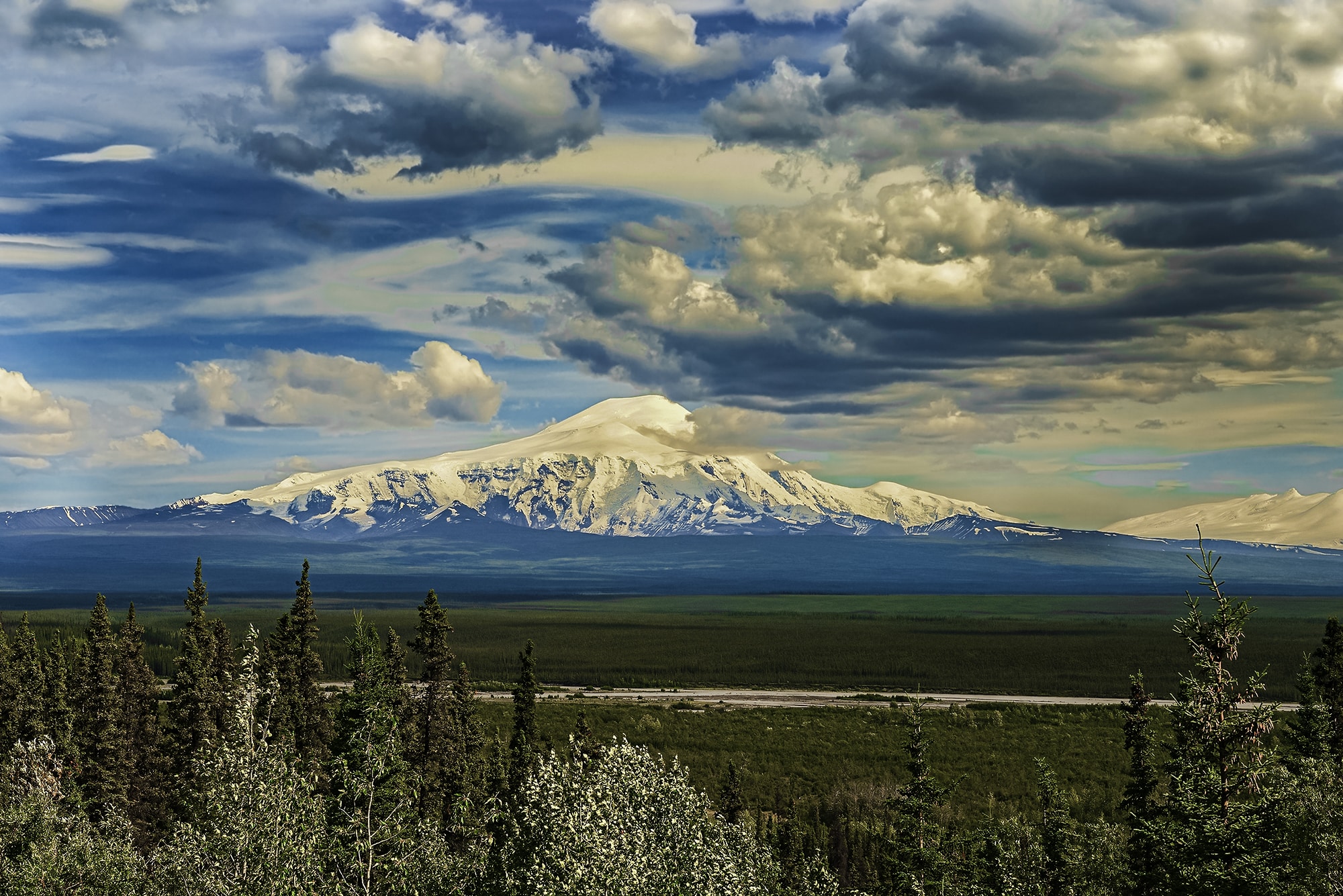
Tall tales of Chinese treasure sparked numerous expeditions over the years, but none located any wreckage from the aircraft.
Bits of the plane were finally discovered in 1997 and confirmed as part of Flight 4422 in 1999. That same year, a mummified left hand was recovered from the mountain glacier. In 2007, the hand’s fingerprints were finally identified as Francis Joseph Van Zandt, a 36-year-old merchant marine from Roanoke, Virginia.
The other 29 victims of the airplane crash still await recovery and identification.
Sept. 22, 1995
Alaska Boeing E-3 Sentry Accident
Fatalities: 24
Survivors: 0
It was a cool, early autumn day when this Boeing E-3 Sentry airborne early warning aircraft lined up for takeoff on Elmendorf Air Force Base’s runway 5. Operating under the call sign Yukla 27, the plane was departing the base for a training sortie.
Just as Yukla 27 left the runway, a large flock of Canada geese took off from the flight line. Yukla 27’s engines 1 and 2 swallowed multiple birds.
The flight crew grappled with physics, attempting to dump fuel and maintain control below the plan’s stall speed. As the Sentry banked to return to the runway, it crashed into a hilly birch forest northeast of the airstrip.
A bright orange fireball and a mushroom of black smoke were seen from miles away as an explosion of jet fuel engulfed the aircraft. All 24 service members on board perished in the blaze, including two Canadian armed forces personnel.
READ NEXT – Alaska Plane Crash: Helicopter Rescues 2 From Island Ruled by Bears

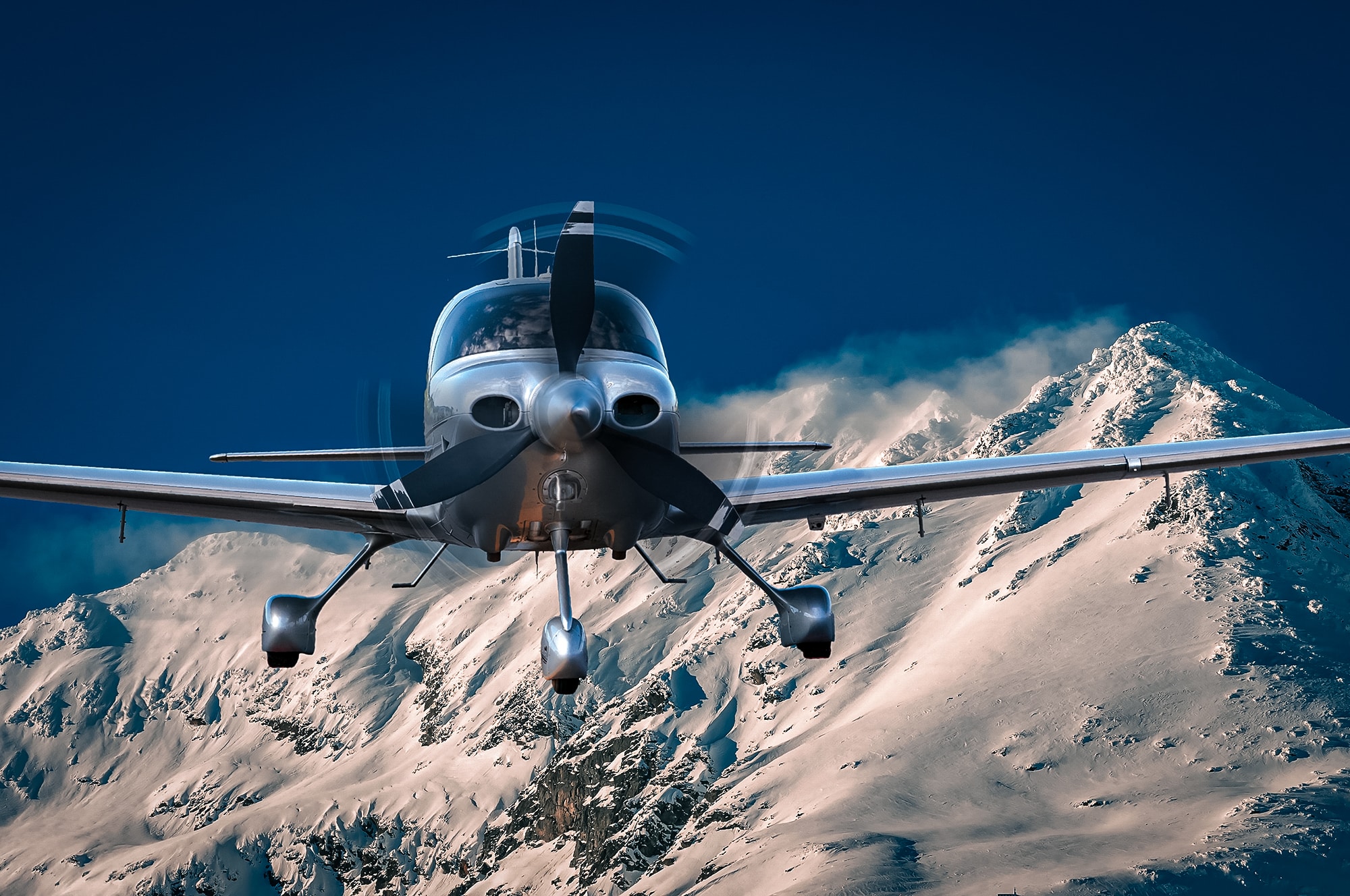

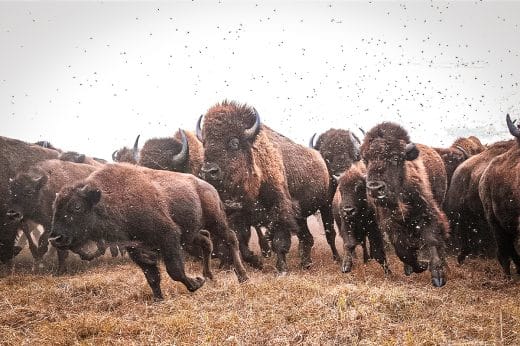
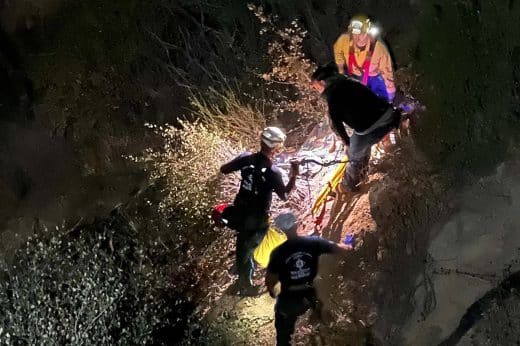



Comments